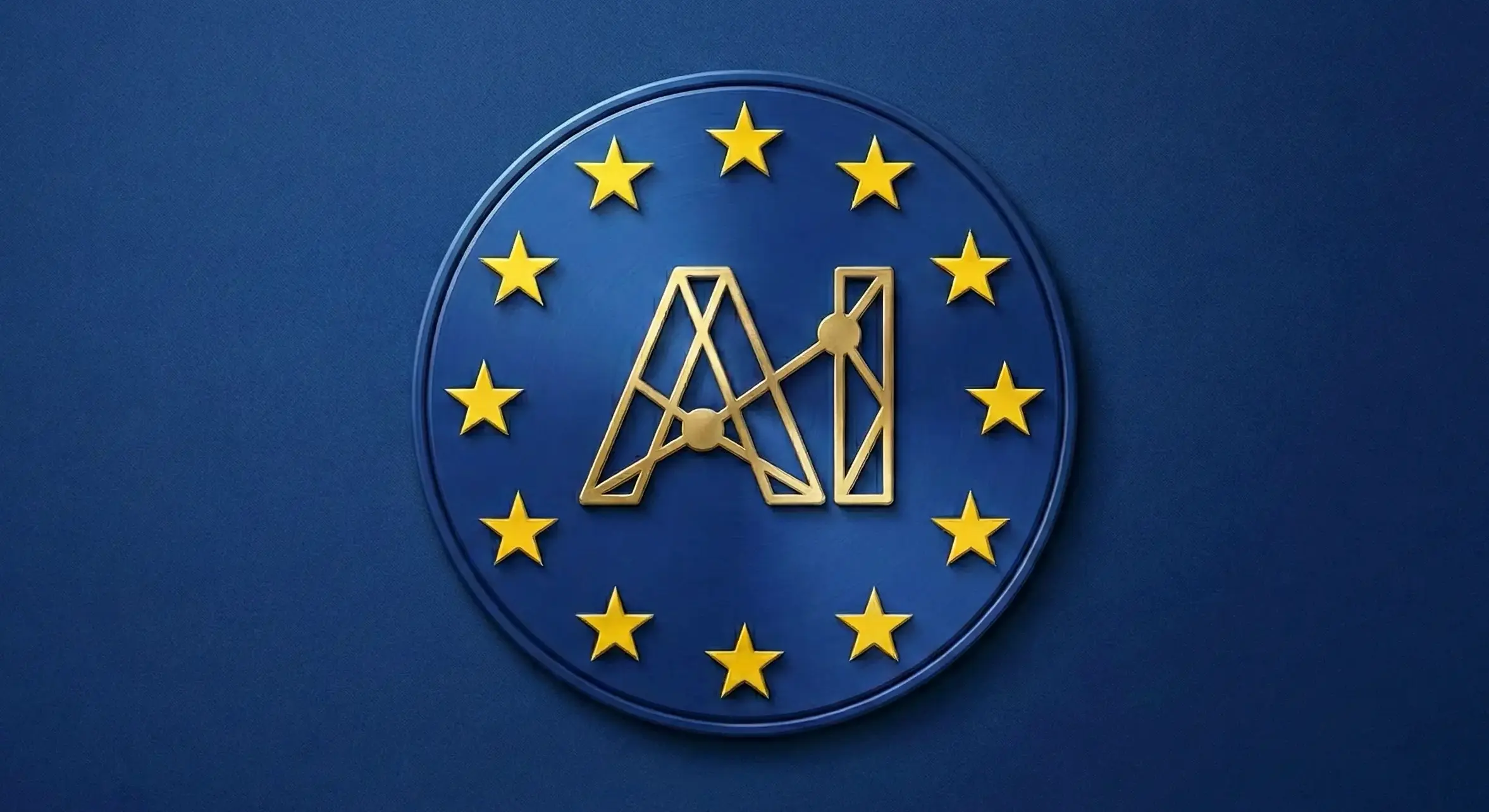
A clear, structured explanation of DeepSeek OCR and its approach to document context.
Glossary
Dernière mise à jour :
September 5, 2025
5 minutes
Finally, automate the extraction of data from your documents stored on Google Drive, without coding. Thanks to the integration between Make and Koncile, you can transform any PDF or image into usable data, in a few clicks. Here's how.
Automate the extraction of data from Google Drive with Make, without coding, from PDFs, images, or documents.
Get started simply: put your documents in a dedicated Google Drive folder. Whether invoices, contracts, packing lists or HR documents, everything is ready to be processed automatically via a OCR.

On Koncile, select the type of document and specify the data to be extracted (amounts, dates, names, numbers, etc.). Our intelligent OCR recognizes the structure, even on complex or non-standardized formats.

You can create repeated fields to automatically capture rows in a table, such as those in a invoice. All you have to do is define a “repeated” section in your model, then specify the columns to be extracted (product name, reference, quantity, price...).
Koncile detects each line and applies the defined structure, even across multiple pages. Result: all transactions are extracted cleanly, line by line, without complex configuration.
.png)
Connect your tools with an ultra-simple Make scenario:
Trigger : a new file arrives in the Google Drive folder
Action : Koncile reads the document and extracts the targeted data
Output : the data is sent to the tool of your choice (Google Sheet, webhook, Airtable, CRM...)
No code, 100% automated.
.png)
In a few seconds, the extracted data is found in a Google Sheet table, ready to be filtered, shared, or integrated into your monitoring.
Do you need archiving or importing into a tool? The scenario can also generate a ready-to-use CSV file, with the correct column titles and extracted data, row by row.
Move to document automation
With Koncile, automate your extractions, reduce errors and optimize your productivity in a few clicks thanks to AI OCR.
Resources

A clear, structured explanation of DeepSeek OCR and its approach to document context.
Glossary

The European AI Act frames AI through risk. Learn what's changing for businesses, sanctions, and decisions to make.
Glossary

Koncile is elected startup of the year by ADRA. The solution turns procurement documents into actionable data to detect savings, monitor at scale, and improve strategic decisions.
News